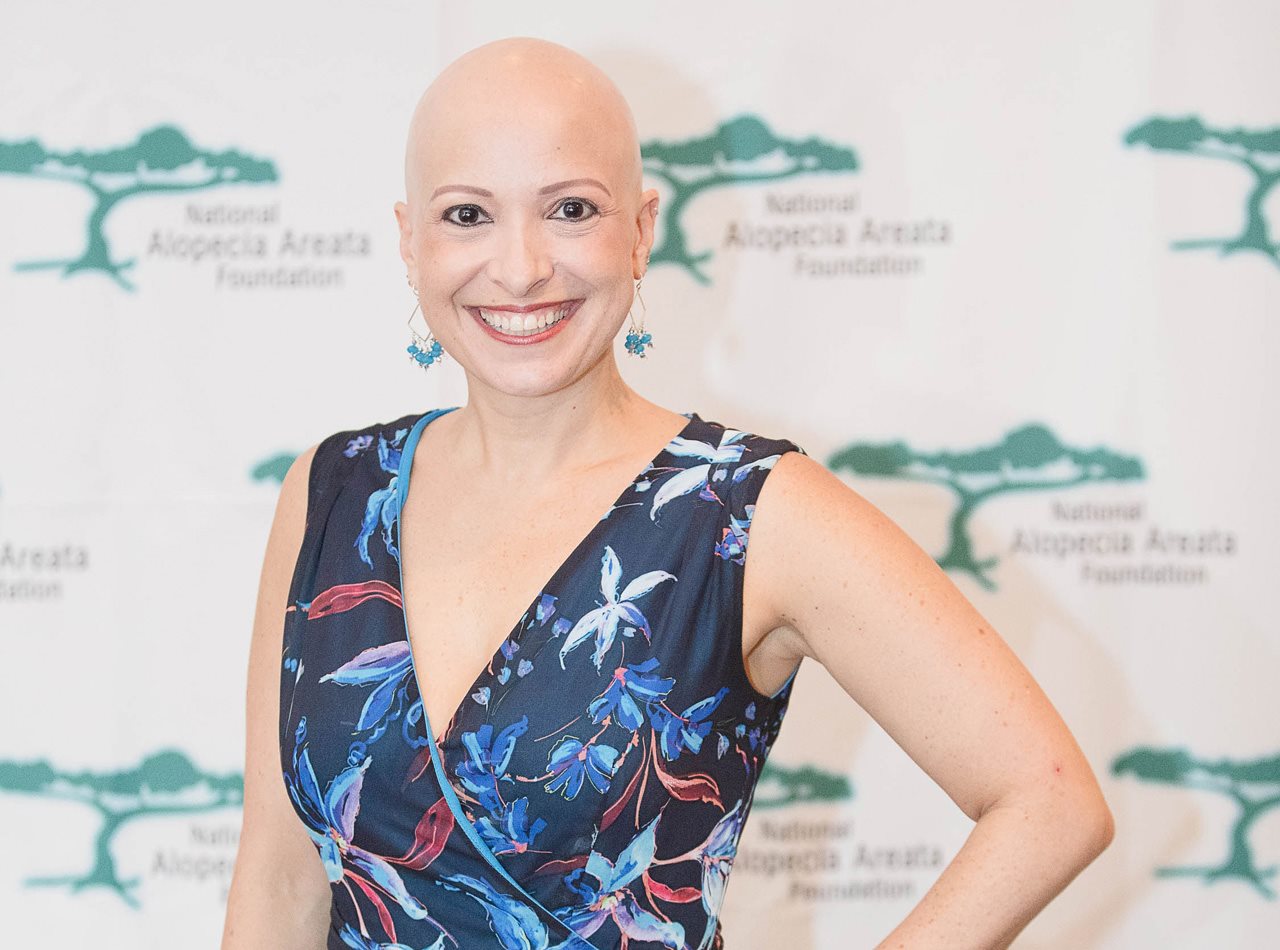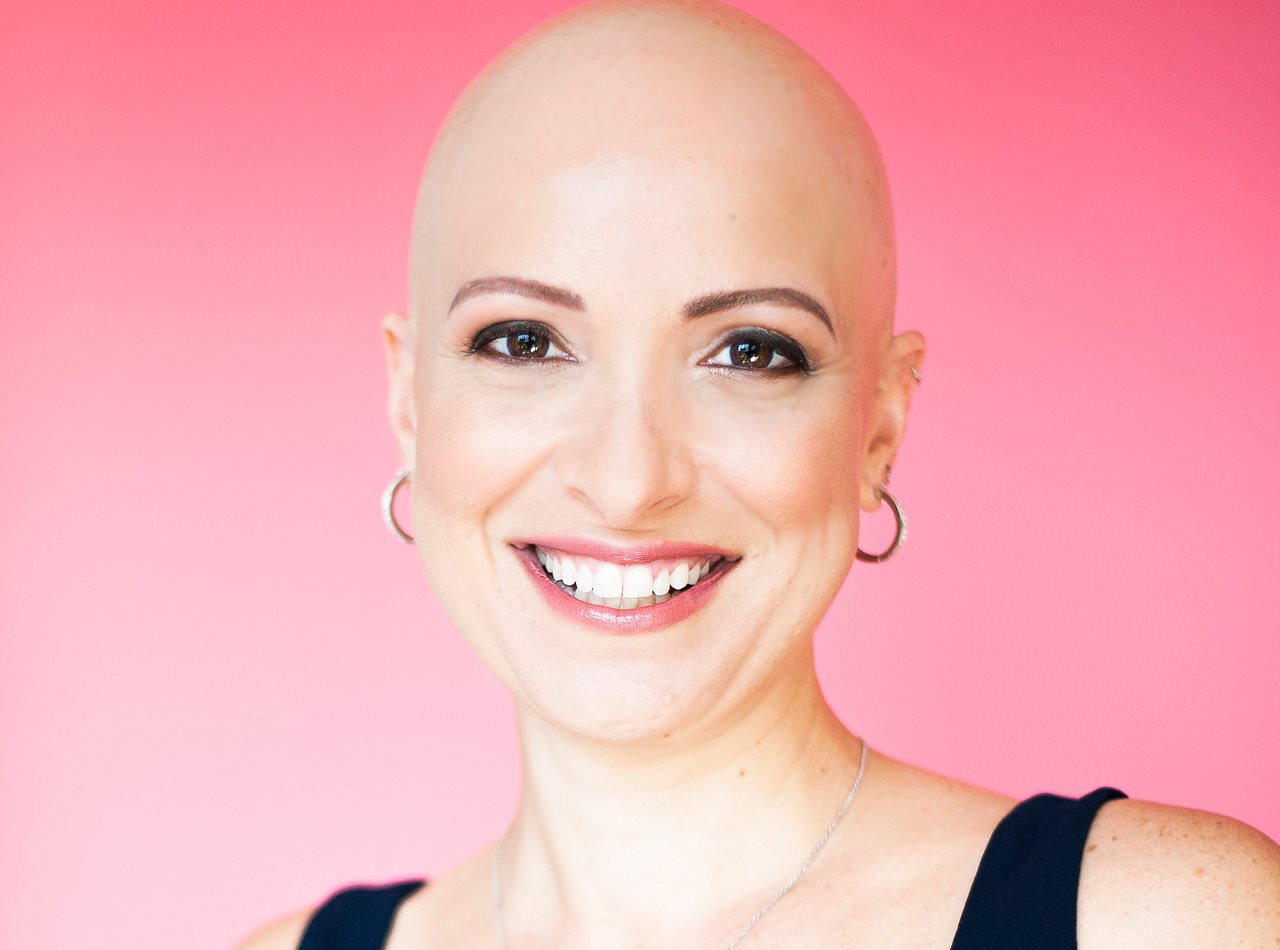(BPT) - It started with a tiny patch — the size of a walnut, round and smooth. At 21, Deirdre Nero was puzzled by her sudden hair loss — she was studying abroad in Spain when she noticed her first bald spot. As Deirdre puts it, she was known for her thick, curly, black hair, which was very much a part of her identity.
When Deirdre returned to the United States and showed her mother the bald patch in person, her mother was shocked. “I’ll always remember her face,” she said. As more hair began to disappear, Deirdre visited her dermatologist for some answers. But after her appointment, she felt even more distraught.
Her dermatologist diagnosed her with alopecia areata, an autoimmune disease that causes hair loss. As Deirdre recalls, the doctor offered no comfort or encouraging words — he just told her there was no treatment for her medical condition, which could worsen. Like so many patients, Deirdre was left to navigate a new, confusing, and overwhelming diagnosis on her own.
She got to work learning about alopecia areata; Deirdre’s research brought up image after image of people who were completely bald. Her worry grew, as she tried to tell herself her case would be different. But as years passed, Deirdre’s hair loss accelerated, and she found she couldn’t conceal her condition with strategic hairstyling or makeup.
Fear took over; like many people living with alopecia areata, she kept her suffering and diagnosis very private. Deirdre’s efforts to hide her bald patches drained her time and energy. Now working at a law firm, she found herself overwhelmed when she was in public, worrying about the what ifs of having her condition exposed. She recalled an outdoor work event early in her career where she had to leave because it was too windy — terrified that the wind would lift her hair up and her colleagues would see her alopecia areata, which she said made her head “look like Swiss cheese.” Deirdre was ashamed and consumed by the fear that her autoimmune disease would prevent her professional success as a lawyer.
At that point, Deirdre turned to wigs. She had tried steroid injections to alleviate her symptoms, but they were painful and unsustainable. Deirdre felt like her journey was like a game of whack-a-mole — once an area grew back, another bald patch would appear somewhere else. Eventually, Deirdre became completely bald, matching the photos of alopecia patients she researched when she first started her alopecia journey. She was unable to recognize herself in the mirror, and said the painful experience of losing her hair was “like losing a limb” because she would never look or feel the same way again. She was missing a part of herself. With no treatment options available at that time, Deirdre began wearing a wig as her last resort.
Luckily, Deirdre has a solid support system. Over time, and through the support of family, friends, and the National Alopecia Areata Foundation (NAAF), Deirdre was able to overcome the impact of alopecia areata and reclaim her life. She’s taken control of her alopecia areata and decides each day if she wants to wear a wig or go bald. It is an ongoing struggle, but through her advocacy work with NAAF, Deirdre now feels empowered to be her authentic self.

The power to choose how you show up in the world is critical not only for Deirdre and her holistic health, but for the millions of other people living with alopecia areata. The good news is there are innovations recently available for people living with alopecia areata that can make a difference in how the condition is managed. However, access to these innovations and tools to better manage alopecia areata is key. The reality is, people are being left behind for many reasons including lack of awareness of these tools and innovations by dermatologists and patients, as well as insurance coverage challenges. Part of the challenge is that alopecia areata is often relegated to a cosmetic issue versus an autoimmune disease. Work needs to be done to drive broad awareness through advocacy and education to ensure broad access and equity.

September is National Alopecia Areata Awareness Month, a time when the community comes together to shine a light on alopecia areata by elevating awareness, dismantling stigma, and empowering all to stand proudly. Together, we can better support people living with alopecia areata like Deirdre. We can learn about this disease and reframe the narrative through education. To learn more about alopecia areata, and to join Deirdre for the second annual Walk for Alopecia, please visit www.NAAF.org.